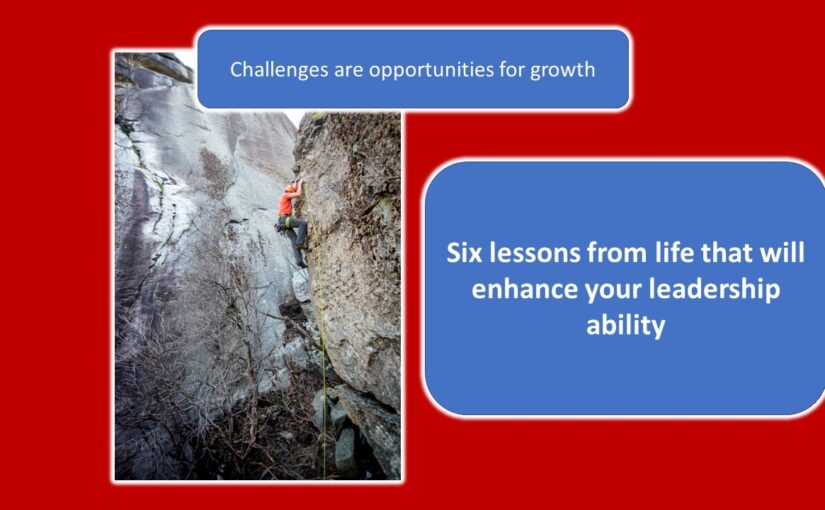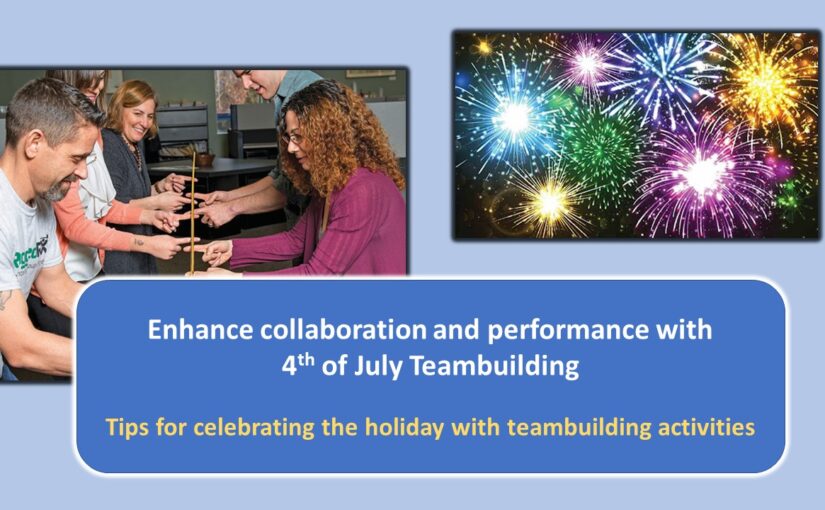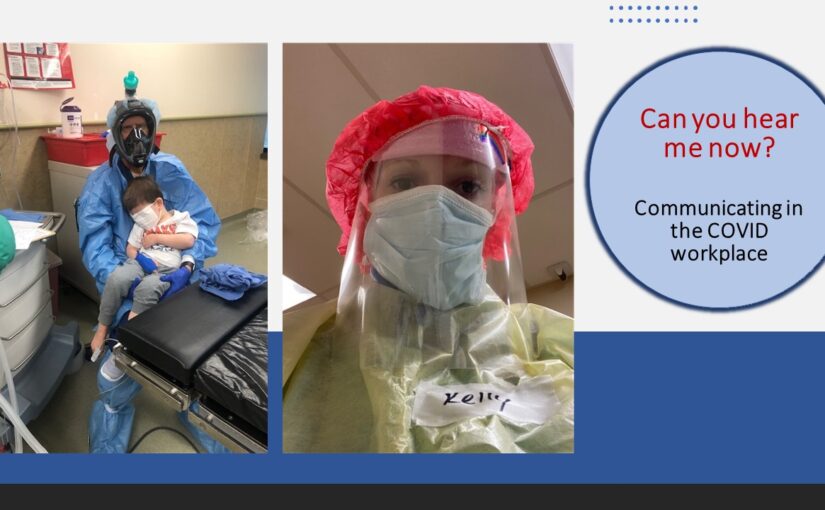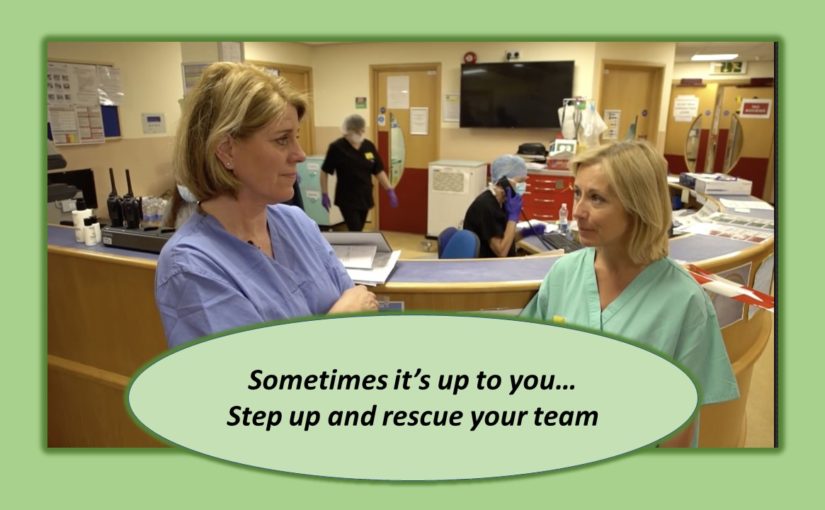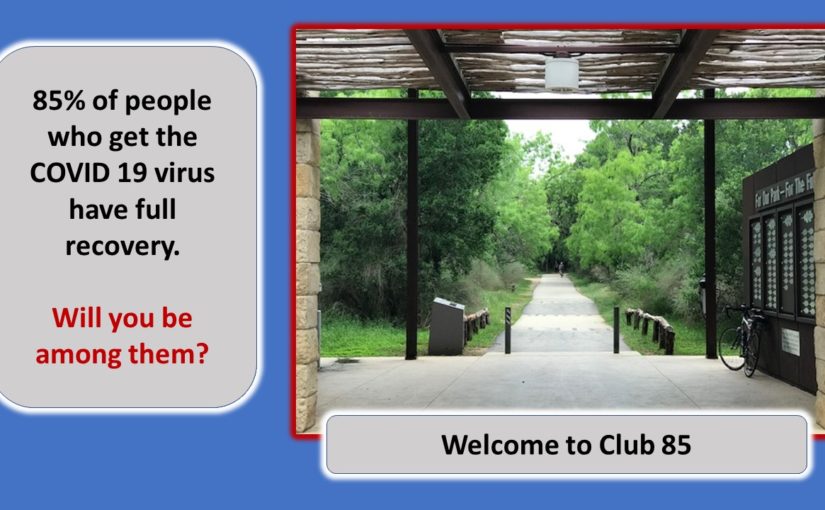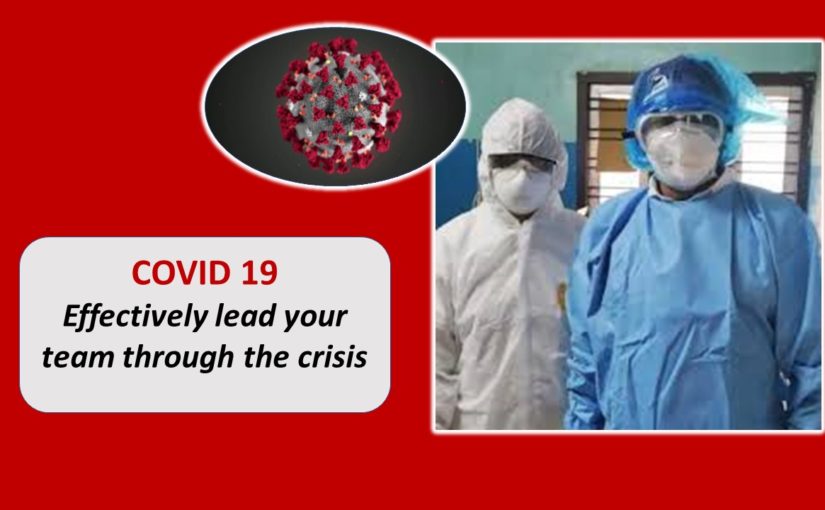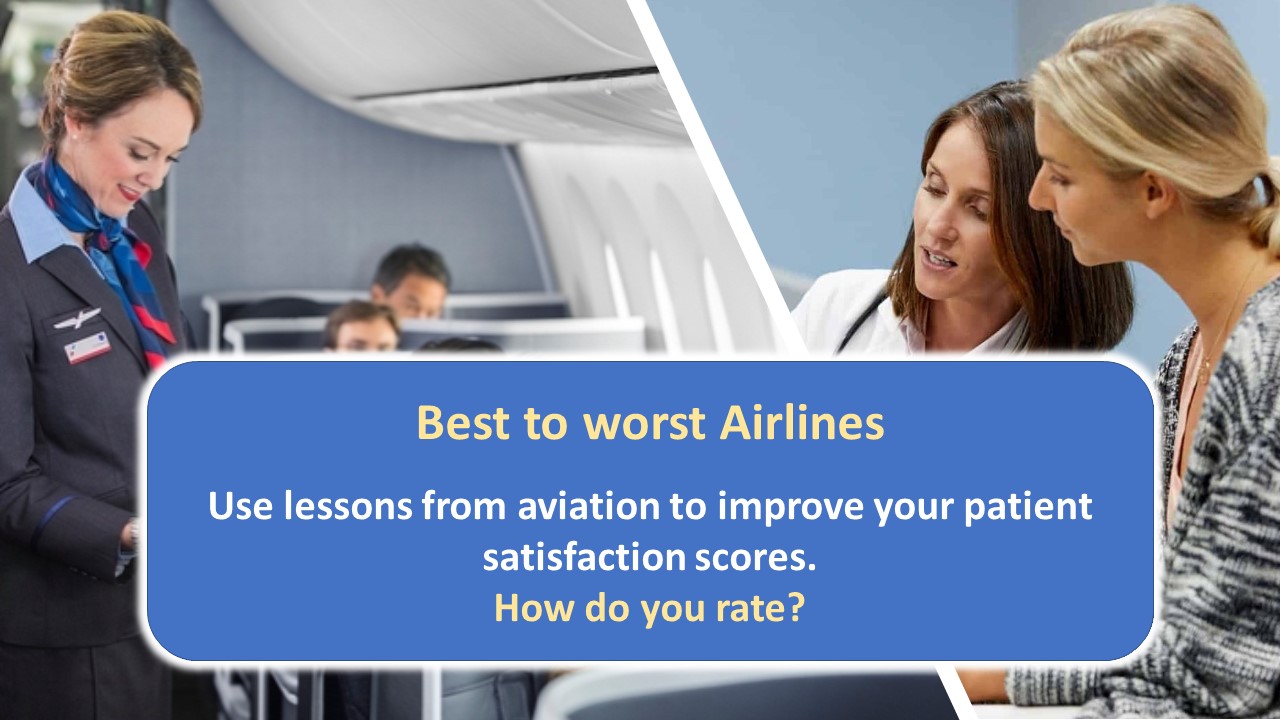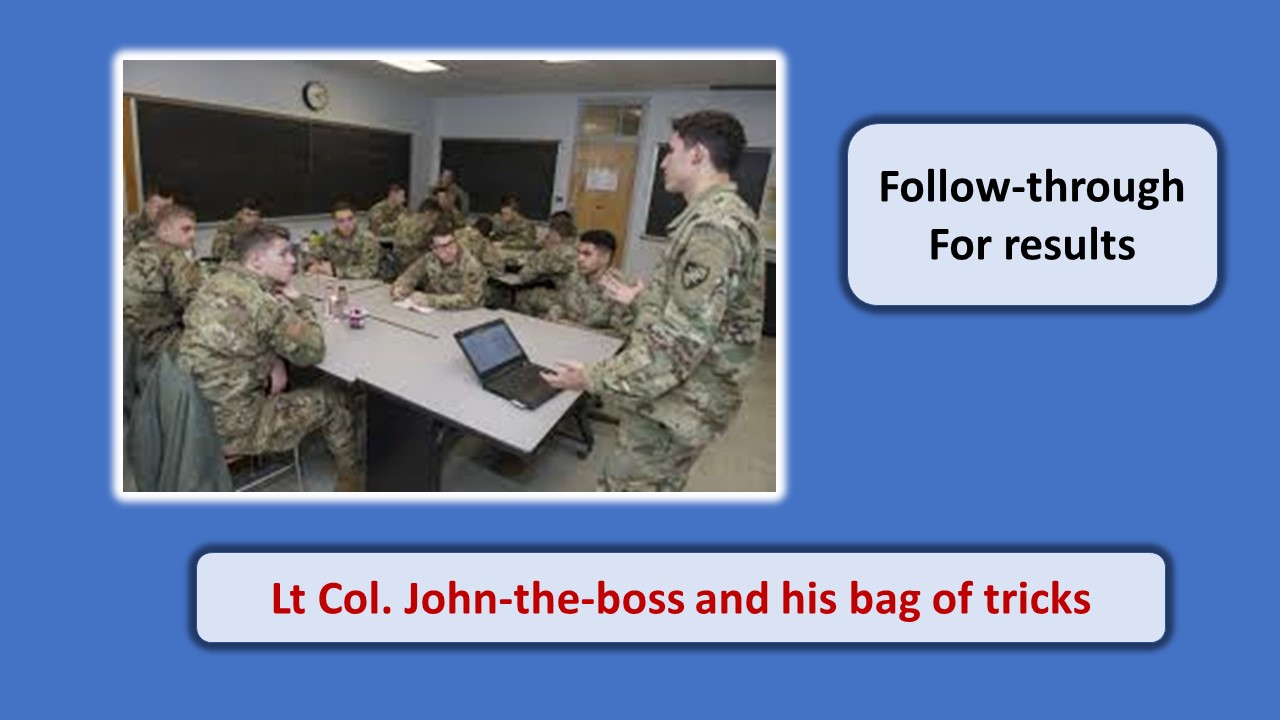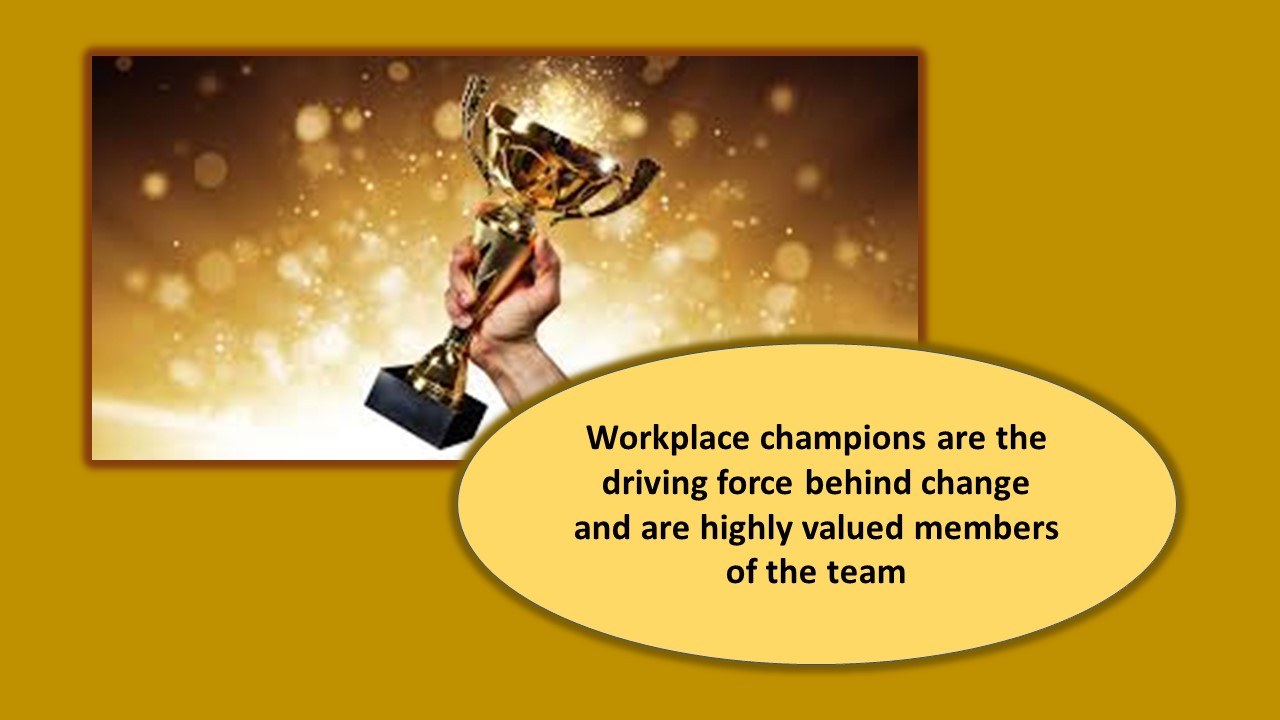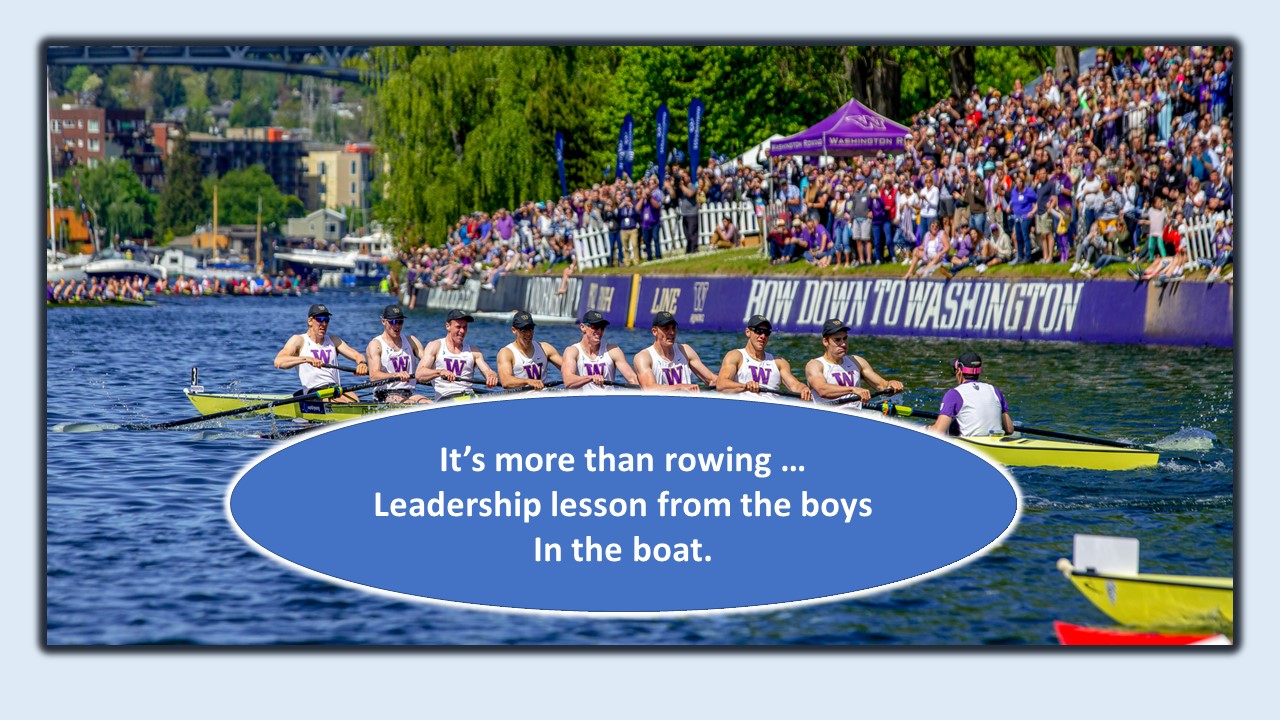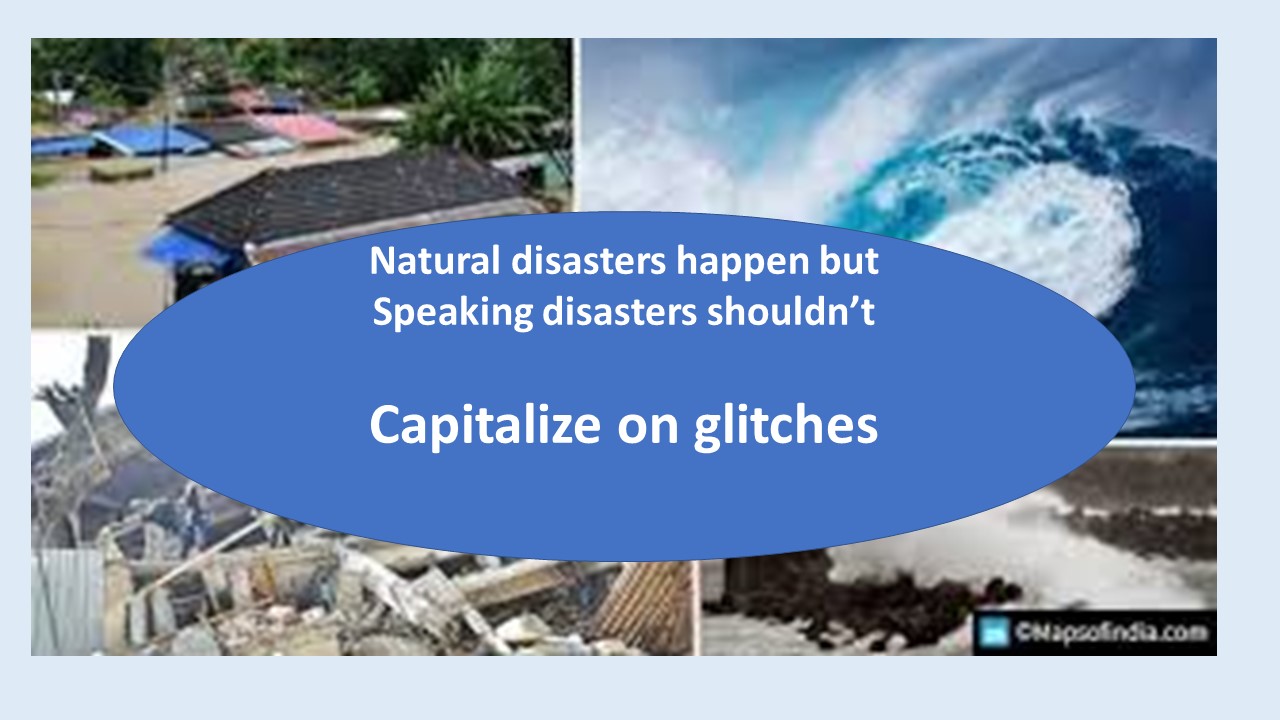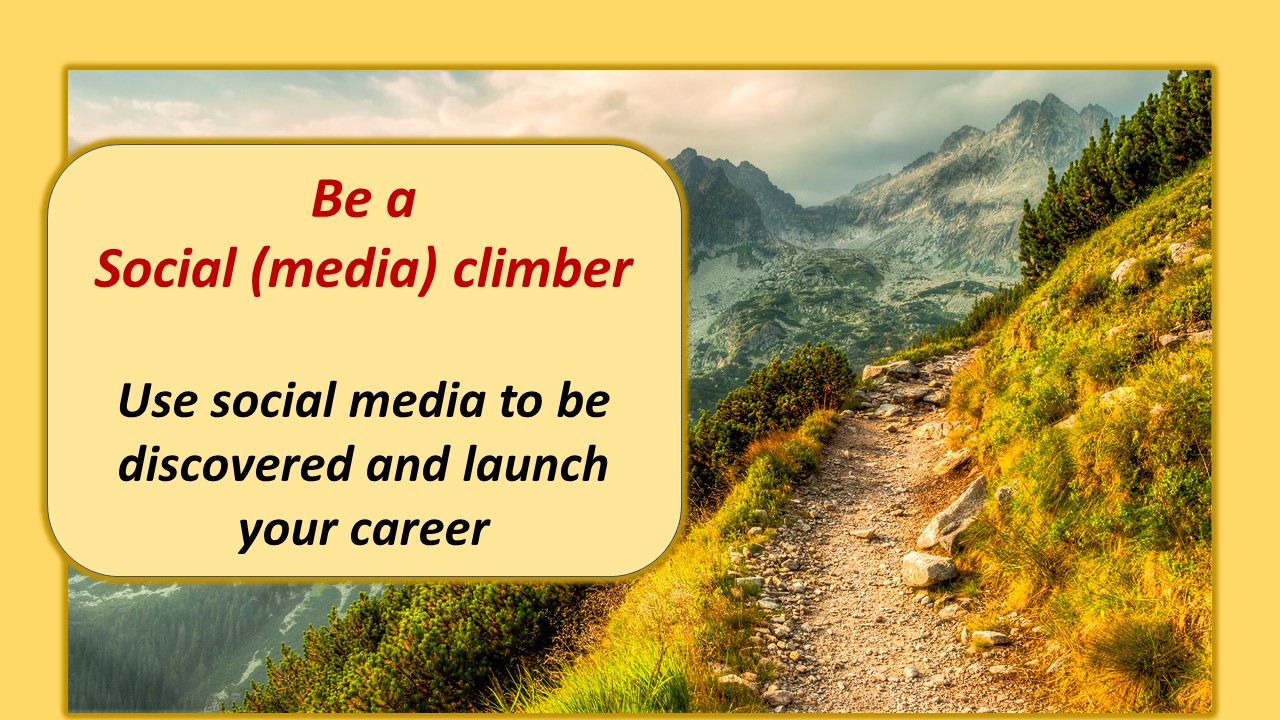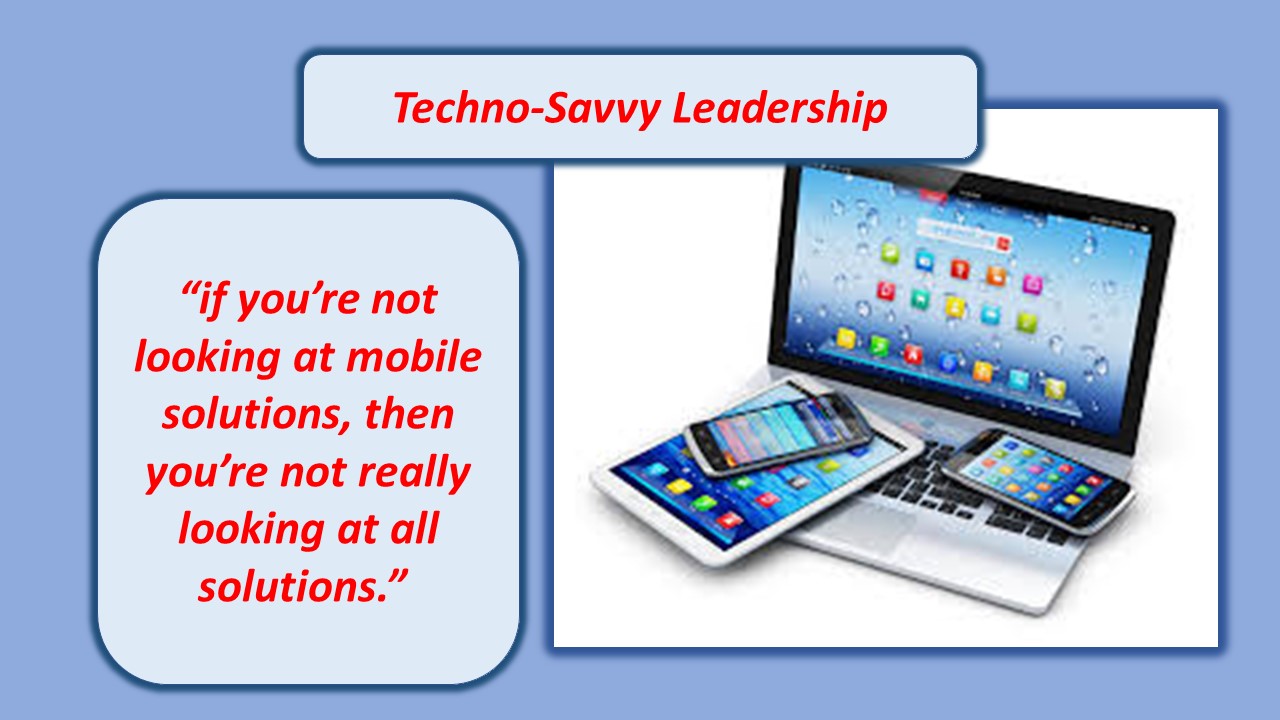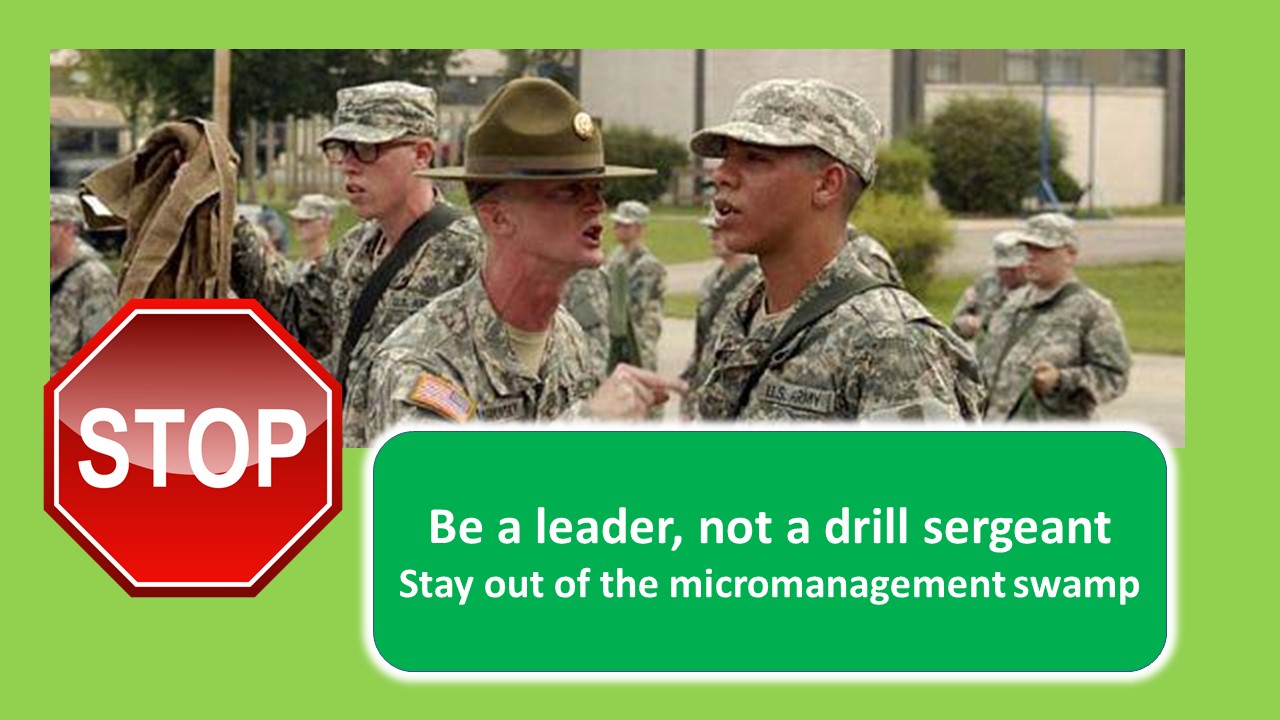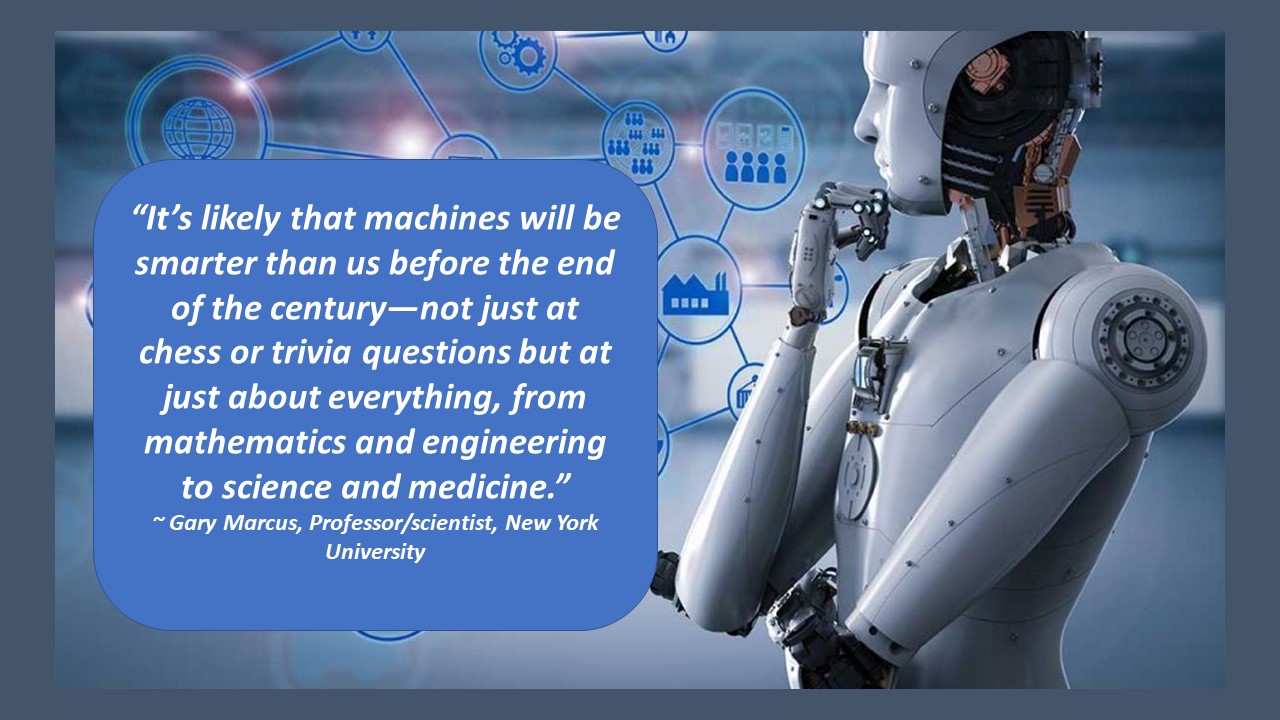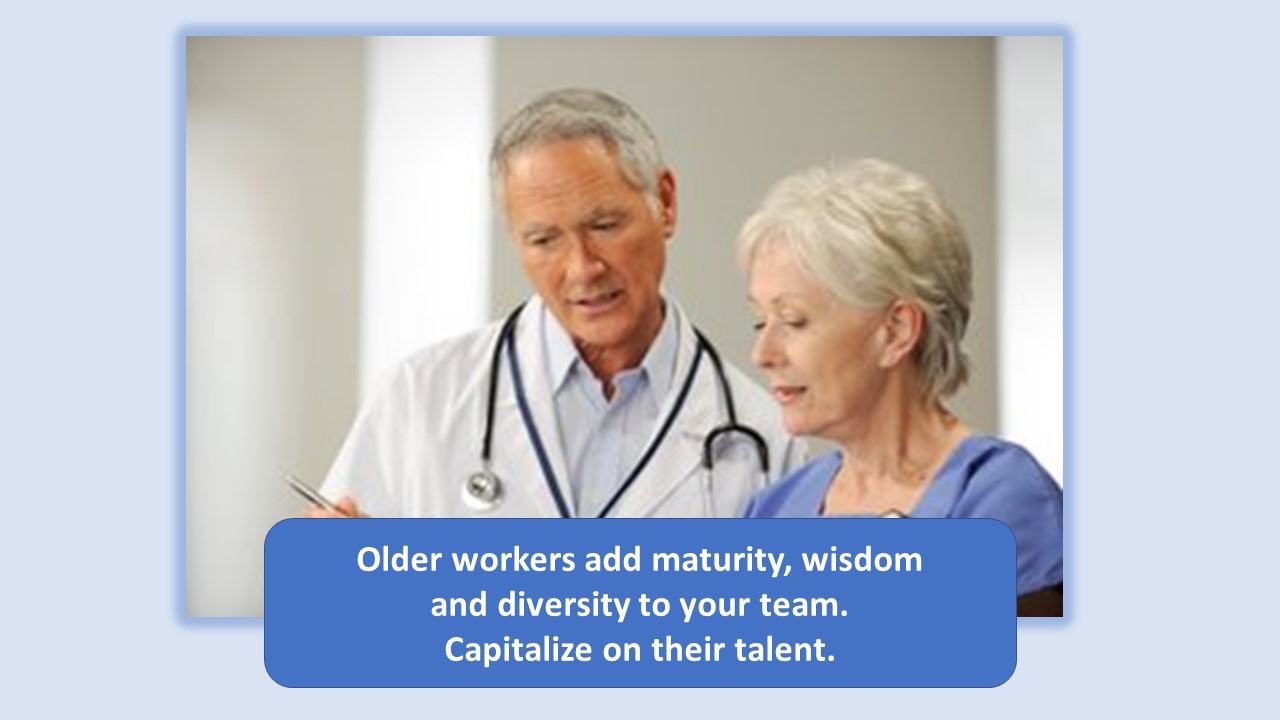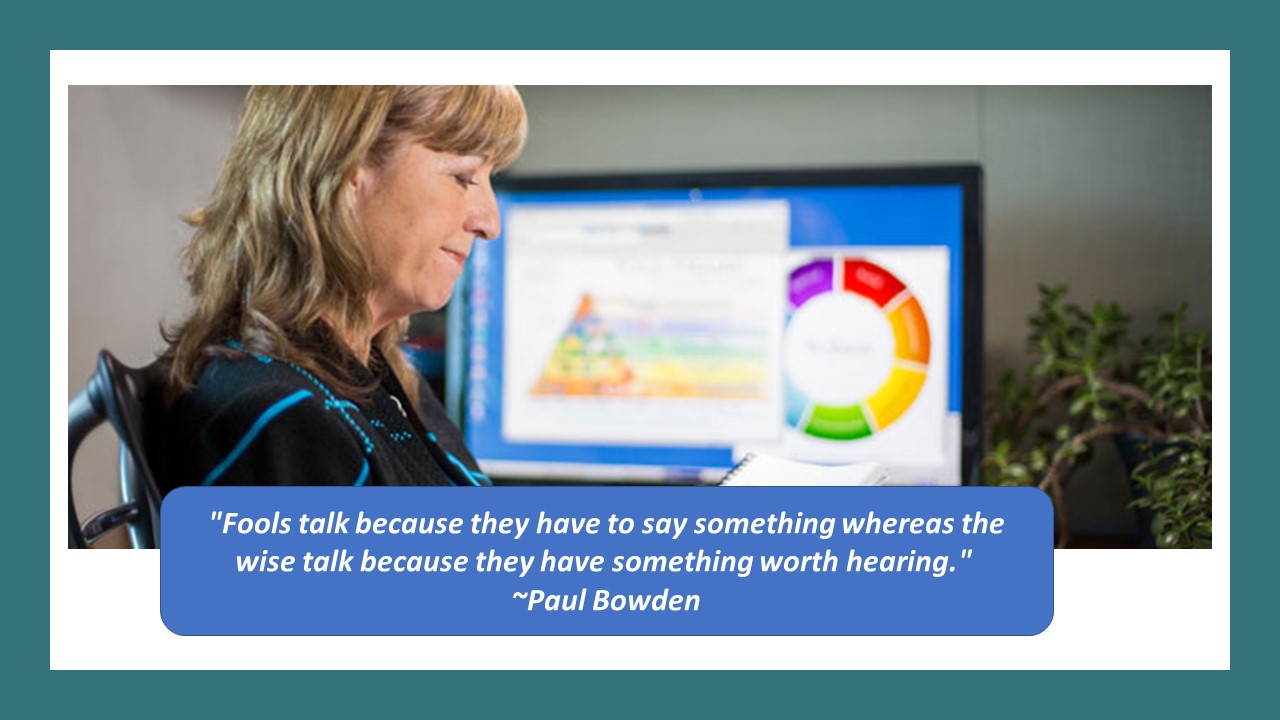By Thomas Davis, DNAP, MAE, CRNA
For everybody, even those who hold advanced degrees from prestigious business schools, great leadership is built upon life experiences. Growing from lessons learned in kindergarten and subsequently validated throughout one’s personal journey, life’s lessons provide a solid foundation for decision making and for relating to others. The release of Robert Fulgham’s book in 1986, All I really need to know I learned in Kindergarten, prompted chuckles, head nods and words of agreement from those who read the popular book. Now, almost 35 years later, readers of his updated book continue to appreciate the life skills that they learned as a 5-year-old. Several of the life lessons identified by Fulgham include:
- Play fair
- Don’t hit
- Share everything
- Don’t take things that aren’t yours
- Clean up your own mess
- Say you are sorry when you hurt somebody
- Take a nap every afternoon
You are only a leader if others are willing to follow
Toddlers who initially learned the golden rule from parents and then learned entry level social skills in elementary school got a great start, however, the wouda, shoulda, coulda moments experienced by each of us during the course of our life solidify concepts that, when heeded, propel us into a successful future. There is a lot to be learned from the school of hard knocks, but it is always better to learn from the misfortune of others rather than making mistakes oneself. Here are a few of life’s lessons that you can incorporate into your behavior to enhance your leadership abilities.
You must be present to win
John Maxwell, in his book The 5 levels of leadership: proven steps to maximize your potential, describes level 2 as leadership by permission in which the team wants to follow the leader. It is based on trust and confidence that develops over time through transparent interaction. Being both physically and mindfully present is essential. Having a physical presence takes commitment and requires the leader to schedule time every day to mingle with workers. Being mindfully present necessitates centering on the other person to ensure that he/she is not only listened to but heard. A workplace survey conducted by Bain & Company revealed that centeredness arising from a connection between workers and the boss was the number one attribute of a successful leader.
Protect your reputation
In the words of Benjamin Franklin, “It takes many good deeds to build a good reputation and only one bad one to lose it.” Your reputation is your calling card and in the digital world it can be handed out to hundreds of people with a few clicks. Recently during a procedure, the surgeon harshly and unfairly made false accusations and chastised the circulating nurse in front of her peers. Before the procedure ended, every nurse in the building knew about the incident (text networks operate at laser speed) and to date, none of the nursing staff trust the surgeon. What you say and do is seen, known, and shared by others. Determine the reputation that you want for yourself and align your words and actions accordingly. You will be watched and discussed; make sure people have positive things to say.
Be good to people and build good relationships
In the business community, success comes at the speed of developing confidence through honest and open relationships. Author Jonathan Okies writes “It doesn’t cost a penny to be nice to someone” and encourages people to smile and strike up a conversation with at least one new person each day. Vendors of all types, including those selling orthopedic devices, know that their survival is not based on the product, but rather on the relationship they develop with the surgeon. If you are a leader, your team deserves no less. Get to know those you work with and offer mentoring and verbal encouragement daily. When members of your team know that you have their back, they will give you their trust.
Your attitude toward life will determine life’s attitude toward you
In the words of Samuel Goldwyn, “The harder I work, the luckier I get.” Leaders at every level set the tone for their workgroup, set expectations, and influence productivity. Author Liminita Savuic applies the law of attraction to life’s experiences and notes that we attract the things we focus on. If you think that life is unfair, you will constantly be in the role of a victim whereas believing yourself to be competent and capable will attract a steady flow of opportunities. If you want good things to happen but you are not fully confident in yourself, fake it until you make it. Visualize someone who is successful and play the role until it becomes who you are.
Establish your health early and maintain it for life
It doesn’t matter how smart or competent you are, when your physical health is gone, your work career is over. It is important to have a healthy body and mind as noted by 17th century English bibliographer William London, who advises “To ensure good health; eat lightly, breathe deeply, live moderately, cultivate cheerfulness and maintain an interest in life.”
As described in my prior article, Welcome to club 85, those who neglect their health acquire co-existing diseases which require medications that suppress the immune system and, in turn, increase susceptibility to the COVID virus. Establish healthy habits while you are young and maintain them throughout your life. To paraphrase my mother, “it’s easier to stay healthy than to get healthy.”
Invest wisely
When asked about life lessons that have propelled his career, Warren Buffet replied, “invest wisely.” Author Drew Hendricks notes that Mr. Buffet was not talking about buying stocks, bonds, or businesses, rather, he was talking about investing in ideas and then finding the right people to convert them into a reality. Leaders are resource managers and two valuable resources are time and energy. Whenever you say yes, you are committing time and energy that cannot be used elsewhere. Follow Warren’s advice and invest yourself sparingly only after considering the cost/benefit ratio. Before making a promise, assess the ROI and take on only those projects that offer benefit to you, your team, and your organization. Without exception it is better to give an honest no than a false yes.
Millions of dollars are spent each year on books, videos, webinars, and courses in leadership that, when stripped of the glitter, really come down to the application of life’s lessons. The principles of emotional intelligence are founded in the lessons learned in kindergarten and the value of collaboration and empowerment arise from the time-proven lessons we learn from our successes and failures. We all make mistakes, that’s a given; gaining knowledge from them and applying the lessons to future situations is the difference between being a great leader versus an average manager. As you walk the path of life, look up and appreciate every experience that is offered along the way. Live, learn and enjoy life one day at a time.
Tom is a published author, skilled anesthetist, proven leader, and frequently requested speaker. Click here to view current topics ready for presentation.
